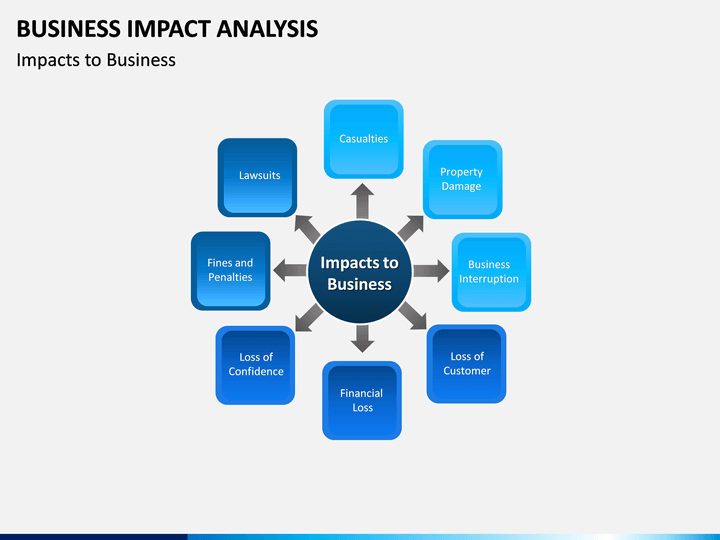

Gathering such evidence requires rigorous evaluation of CBME programs and outcomes. 4, 8ĭespite the fact that CBME is founded on sound educational principles and advancements in educational practice, 15 we have little evidence regarding whether, relative to traditional practices, it produces physicians who are better prepared for today’s practice environments, let alone whether it ultimately contributes to improved patient outcomes. 11–14 With an emphasis on matching competencies to population needs, CBME provides a disciplined approach to ensuring that the curriculum serves the needs of the health care system. 6–10 Consequently, competency-based medical education (CBME) is being implemented around the globe. 1–5 This change is being driven by many concerns, one of which is that the current medical education system is not well equipped to prepare physicians to practice in today’s rapidly evolving health care system. Based on a sequential acquisition of competencies required for practice, it is a significant change from the standard time-based model. The authors argue that adopting the methods of CA, particularly the rigor in thinking required to link program activities, outcomes, and theory, will serve to strengthen understanding of the impact of CBME over time.Ĭompetency-based education is a unique approach to medical education, particularly, but not exclusively, to residency education. Although CA has yet to be applied to medical education, the authors describe how a six-step model and a postulated theory of change could be used to examine the link between CBME, physicians’ preparation for practice, and patient care outcomes. Referred to as contribution analysis (CA), this theory-based approach to program evaluation provides a systematic way to make credible causal claims under conditions of complexity. To address this challenge, the authors describe an approach that makes explicit the multiple potential linkages between program activities and outcomes. For this reason, it is difficult to apply traditional methods of program evaluation, which require conditions of control and predictability, to CBME.

Consequently, the authors, an international group of collaborators, wrote this article to provide guidance regarding the evaluation of CBME programs.ĬBME is a complex service intervention consisting of multiple activities that contribute to the achievement of a variety of outcomes over time. Although it is being adopted in centers of medical education around the globe, there is little evidence concerning whether, in comparison with traditional methods, CBME produces physicians who are better prepared for the practice environment and contributes to improved patient outcomes. Ĭompetency-based medical education (CBME) aims to bring about the sequential acquisition of competencies required for practice. Frank is director, Specialty Education, Strategy, and Standards, Office of Specialty Education, Royal College of Physicians and Surgeons, Ottawa, Ontario, Canada.Įthical approval: Reported as not applicable.Ĭorrespondence should be addressed to Elaine Van Melle, 33 Hill St., Kingston, ON, Canada, K7L 2M4 e-mail. Oandasan is director of education, College of Family Physicians of Canada, Mississauga, Ontario, Canada, and professor, Department of Family and Community Medicine, University of Toronto Faculty of Medicine, Toronto, Ontario, Canada.

Flynn is vice dean of education, Faculty of Health Sciences, Queen’s University, Kingston, Ontario, Canada, and clinician–educator, Royal College of Physicians and Surgeons of Canada, Ottawa, Ontario, Canada. Holmboe is senior vice president, Milestones Development and Evaluation, Accreditation Council for Graduate Medical Education, Chicago, Illinois. Gruppen is professor, Department of Learning Health Sciences, University of Michigan Medical School, Ann Arbor, Michigan.Į.S. Van Melle is senior education scientist, Royal College of Physicians and Surgeons of Canada, Ottawa, Ontario, Canada, and clinician–educator, Royal College of Physicians and Surgeons of Canada, Ottawa, Ontario, Canada.


 0 kommentar(er)
0 kommentar(er)
